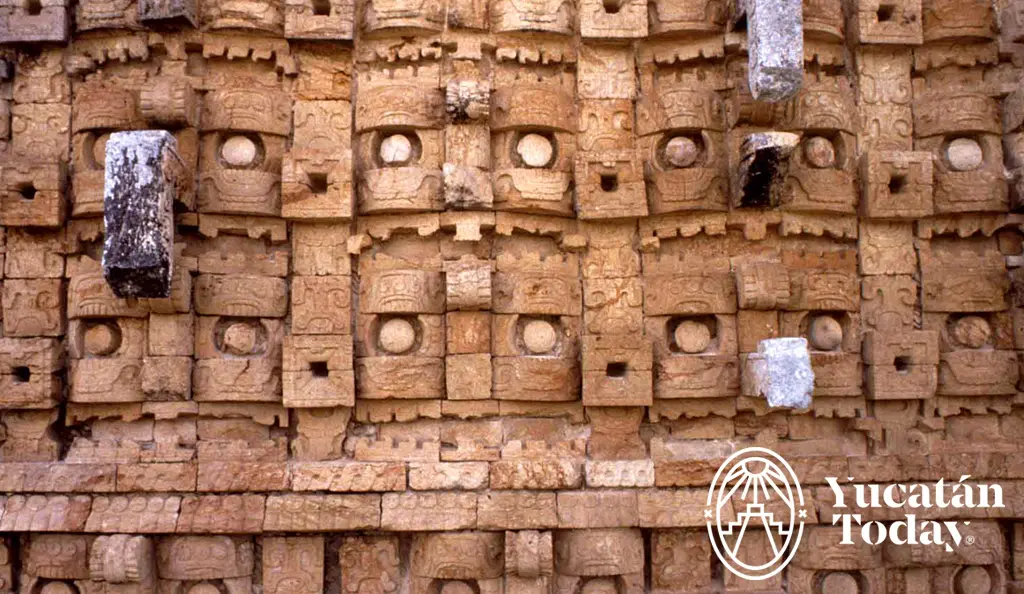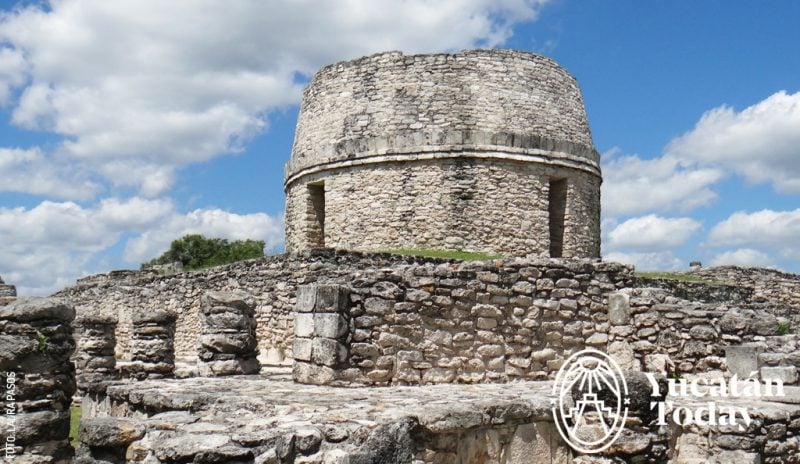
The Importance of Mayapán
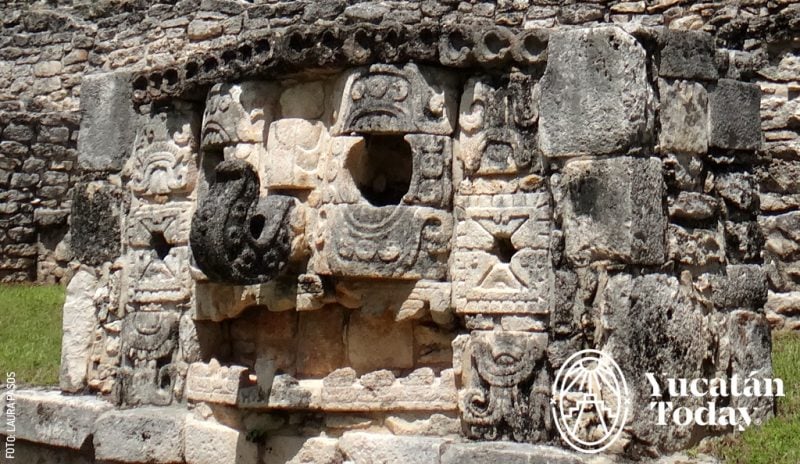 One of the characteristics that unites the diverse Mesoamerican cultures is the pantheon of gods within their worldview. Among the gods who created the cosmos, the terrestrial world, and the underworld, there is the feathered serpent, known as “Quetzalcoatl” for the Nahuas, “Kukulkán” for the Yucatecan Maya, and “Gucumatz” for the Quiché Maya. It was precisely this god to whom it was attributed that there was no immediate conquest in Maya territory - at the moment of contact with the Europeans in the 16 th century - as there was in central México with the Aztecs.
One of the characteristics that unites the diverse Mesoamerican cultures is the pantheon of gods within their worldview. Among the gods who created the cosmos, the terrestrial world, and the underworld, there is the feathered serpent, known as “Quetzalcoatl” for the Nahuas, “Kukulkán” for the Yucatecan Maya, and “Gucumatz” for the Quiché Maya. It was precisely this god to whom it was attributed that there was no immediate conquest in Maya territory - at the moment of contact with the Europeans in the 16 th century - as there was in central México with the Aztecs.
The Mexican oral tradition tells that during the violent conflicts that resulted in the Spanish conquest in CentralMéxico, the god Tezcatlipoca humiliated Quetzalcoatl, causing him to flee from that region. In Yucatán we have the Chilam Balam books, a series of Maya writings whose title is the name of one of their prophets, followed by his place of origin. In the Chilam Balam de Chumayel, you can read about the arrival of Kukulkán to Yucatán, coinciding with the dates that the Mexica traditions mention the exit of Quetzalcoatl to the east.
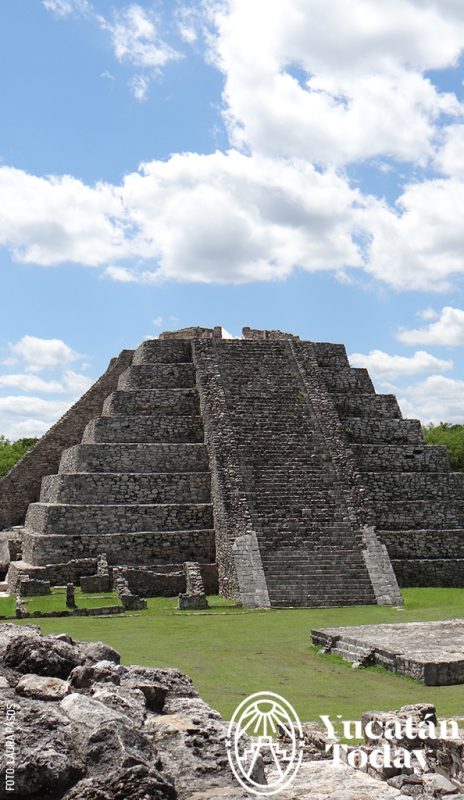 When the god arrived to the Peninsula, the Xiu families from Uxmal and the Puuc Route, and the Itzaes families from Chichén Itzá, lived in disagreement and were always fighting among themselves. Kukulkán warned both regions about the arrival of the Europeans to the center of México and the need to create an alliance. The families decided to abandon their cities and, together, to found the city of Mayapán: a walled city, with around 40 cenotes, where its approximately 10-12,000 inhabitants built pyramidal structures similar to the architectural design of Uxmal and Chichén Itzá in a smaller scale, as can be seen at the Templo a Kukulkán. La Relación de las Cosas de Yucatán by Friar Diego de Landa in the 16th century explains that after the founding of Mayapán, Kukulkán chose the head of the Cocom family to be the new leader of the consolidation of the Maya people.
When the god arrived to the Peninsula, the Xiu families from Uxmal and the Puuc Route, and the Itzaes families from Chichén Itzá, lived in disagreement and were always fighting among themselves. Kukulkán warned both regions about the arrival of the Europeans to the center of México and the need to create an alliance. The families decided to abandon their cities and, together, to found the city of Mayapán: a walled city, with around 40 cenotes, where its approximately 10-12,000 inhabitants built pyramidal structures similar to the architectural design of Uxmal and Chichén Itzá in a smaller scale, as can be seen at the Templo a Kukulkán. La Relación de las Cosas de Yucatán by Friar Diego de Landa in the 16th century explains that after the founding of Mayapán, Kukulkán chose the head of the Cocom family to be the new leader of the consolidation of the Maya people.
Although the historical sources, archaeological data, and legends don’t always concur with the dating and chronology of the sites, it’s noticeable that in the Maya region the conquest was not at the first moment of the Spanish arrival. And although there was, eventually, a rebellion against the Spanish, the Maya continue to speak their own language, and their traditions, beliefs, and worldview stand. Mayapán is a site worth visiting for its importance in the history of the Maya culture and the union generated by Kukulkán.
Download the map of:
Read more about Mayapán:

Author: Andrea Medina
Born in Mérida and raised in the heart of the Peninsula, I consider myself a “yucaterca.” My childhood – without electronics, surrounded by nature and indigenous communities – made me sensible towards real, simple, genuine things and people. At age 7, I started a radio show with the XEPET “The Voice of the Maya” which allowed my imagination and creativity to develop and become my favorite space.
¡Receive the latest articles and much more from the best of Yucatán in your email!
Related articles

Who is Kukulkán?
Kukulkán is the main deity of the Maya pantheon: the god of gods, the Yucatecan alternative to the Roman Jupiter and the Greek Zeus.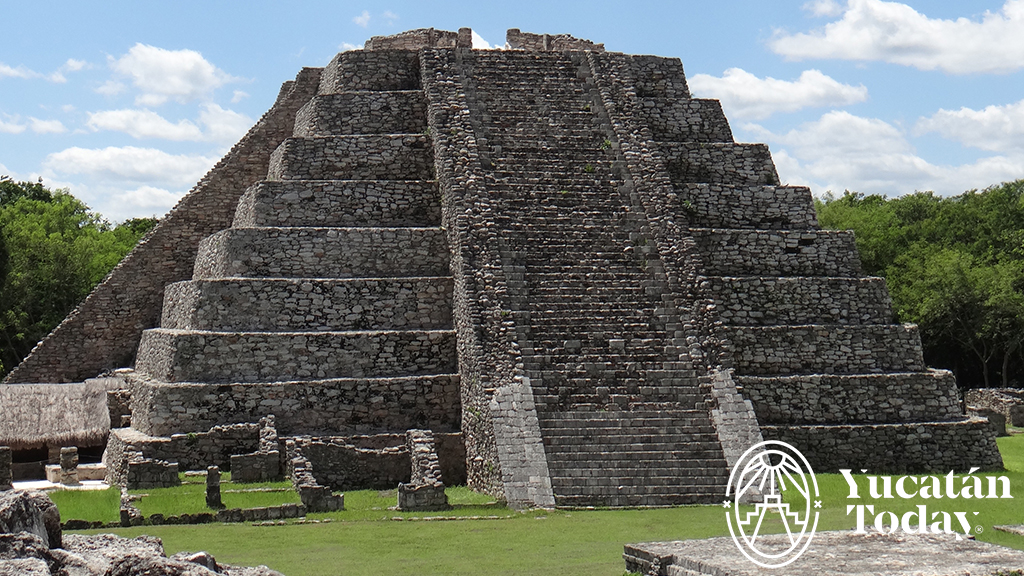
Magnificent Mayapán
Magnificent Mayapán Beyond the crowds at the New World Wonder Chichén Itzá and the lush jungle setting of mysterious Uxmal, there is a third major...